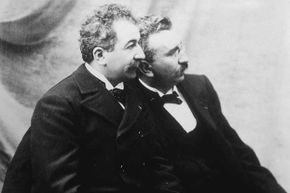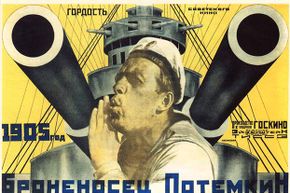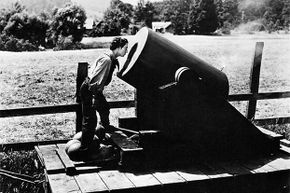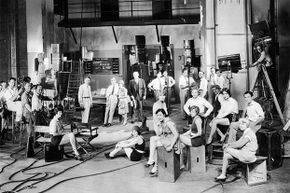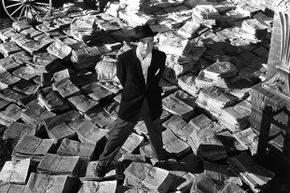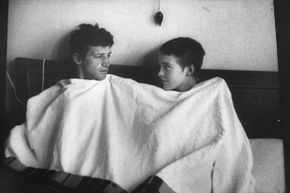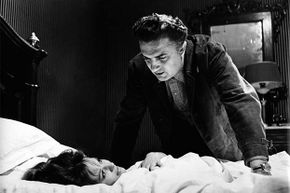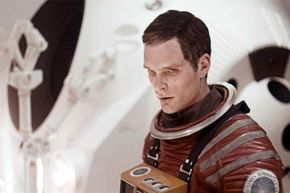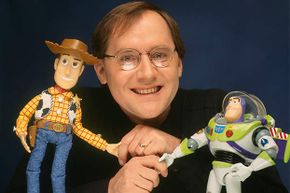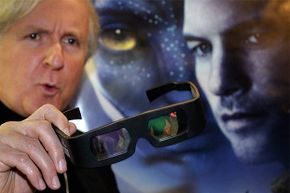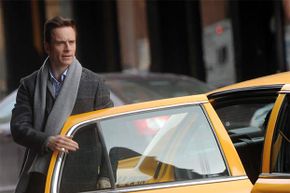"Workers Leaving the Lumière Factory" was the first motion-picture film ever to be screened. Shot by brothers Auguste and Louis Lumière in 1895, the movie is just what its title suggests: 47 seconds of black-and-white footage capturing factory employees leaving work for the day.
At that time, films were so new that seeing anything on the screen was a thrill. But as time passed, viewers and directors both wanted more from the medium. Today, advances in technology have allowed filmmakers to do things that would have seemed impossible earlier. For instance, in the 2013 movie "Gravity," director Alfonso Cuarón used continuously moving camera shots to give moviegoers the sense of being right there in outer space with stars Sandra Bullock and George Clooney. The actors were strapped into harnesses for hours while enormous LED panels surrounded them, transmitting swirling light. This gave a very realistic depiction of astronauts hurtling weightlessly in space [sources: Hill, Von Baldegg].
Advertisement
To get from workers leaving a factory to astronauts spinning in space took the vision and creativity of a whole slew of engineers, inventors, cinematographers, directors, screenwriters and actors. This chronological list of 10 films that changed filmmaking illustrates the journey.
